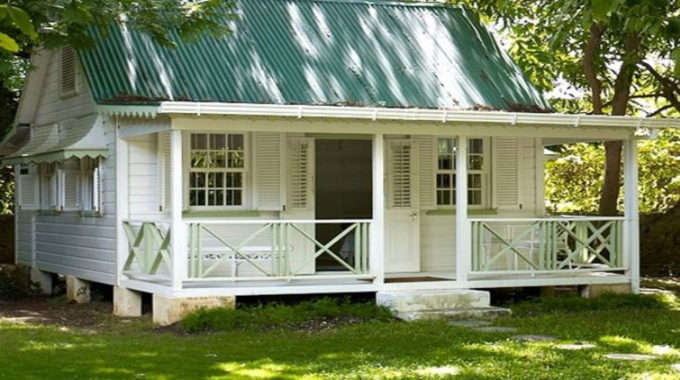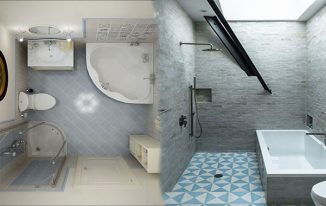You and everyone else really wants to build where you can new home, though the question is – could it be something you can afford? To have a better budget plan, you may start with free building cost estimating tools that you can find online, and search for the hidden costs which might be usually overlooked when generating estimates. Here are tips in the experts.
“Guesstimate” the Cost of Your New Home
1. Look and provides Local Builders a Call
Contact local builders, and attempt to schedule a meeting prioritizing individuals who have handled projects of similar size and features for a planned home. These builders provides you with a costing and just how much per square foot they are going to charge. They can also pretty much supply you with a look at just how much your own home costs. However, it can be highly vital that you exactly know the information precisely what is in the price. Most builders offers you the details including the materials which can be for use to get a better estimate.
2. Count the Square Footage
Have a look at newly made homes with the exact same features, style, quality, and size for your planned home. If possible, find some good information about the amount the house cost, deduct the lands price, and divide that amount in accordance with the home’s square foot measurement.
For instance, if the home sells at $250,000 as well as the cost of the land is somewhere around $40,000, then construction cost wil go around $210,000. If the home measures 2,000 square ft., then a charges are $100 per sq . ft ..
Make utilization of some of the new built homes locally to obtain an estimated price per size. After calculating an average square foot cost, after that you can multiply that cost using the finished size of your respective planned home to acquire the pretty close estimate.
3. Expect Some Features to Cost More
The bathroom along with the kitchen will be the priciest parts at home. The size, the quantity of, and also the excellence of the windows will likely influence the purchase price and total cost. Having high roof pitches and vaulted ceilings could also give your home an increase. When using other homes In making your estimates though, it can be very important to make sure that the property you used as basis is near what your property come in specifics.
Smaller homes often have higher cost per square foot compared with bigger homes. When building large homes, the expense of the more expensive items (kitchens or furnaces) are greatly spread over more size in the area. Consequently, a more substantial home might have lower sq footage cost compared with smaller home. Also, it’s mostly less costly to build a two-story home compared to a one-story home using the same square footage. The reason is must be two-story home holds an inferior roofing and foundation and both the plumbing and ventilation tend to be more optimized in two-storey homes.
Reality is, the little little information on your home actually make a positive change in its price. To have valued savings, start making estimates prior to you buying one last blueprints. Here are important things to consider:
• Size
When building your dream home, it’s highly better to assist even numbers for easier estimates. Have your home size put together or into increments of two feet. This process will reduce wasted materials. And also, it a well-known idea that homes that are no deeper than 32 feet are most economical. If it exceeds 32 feet in depth, then you are very likely to have it engineered, which will ensure it is costlier.
• Shape
Homes that have a box type or rectangular designs are cheaper to develop. Increasing the volume of angles and corners will likely raise the quantity of needed materials, labor, and duration of work. Homes with dome-type shapes also make effective use of materials and they are more affordable compared with other shapes.
• Preparation
Your site preparations before construction can greatly influence the cost of your property. Building on flat lots provides you with some savings. If hauling should be used, plenty of grading will probably be required, and also clearing of trees, or blasting large rocks, making the a costlier cost overall.
• Cost Overruns
Almost always, the ultimate expense of building is larger than the bid price. Cost overruns happen when overspending of allowances happen, some necessary changes would have to be done, and when unexpected problems are encountered. Proper planning can avoid many of these costs. In general though, preparing an allowance of about 10% will be a good plan when preparing because of these unexpected costs.
• Inflation and Changes in Market Conditions
Usually, a rise close to 3% to 6% yearly is going to be put on the expense of building a home. If it will still take years before your construction begins, always bear in mind include inflation to your calculations. When using other homes in comparing prices, try to use those that have been built recently, or inside year harmless.














